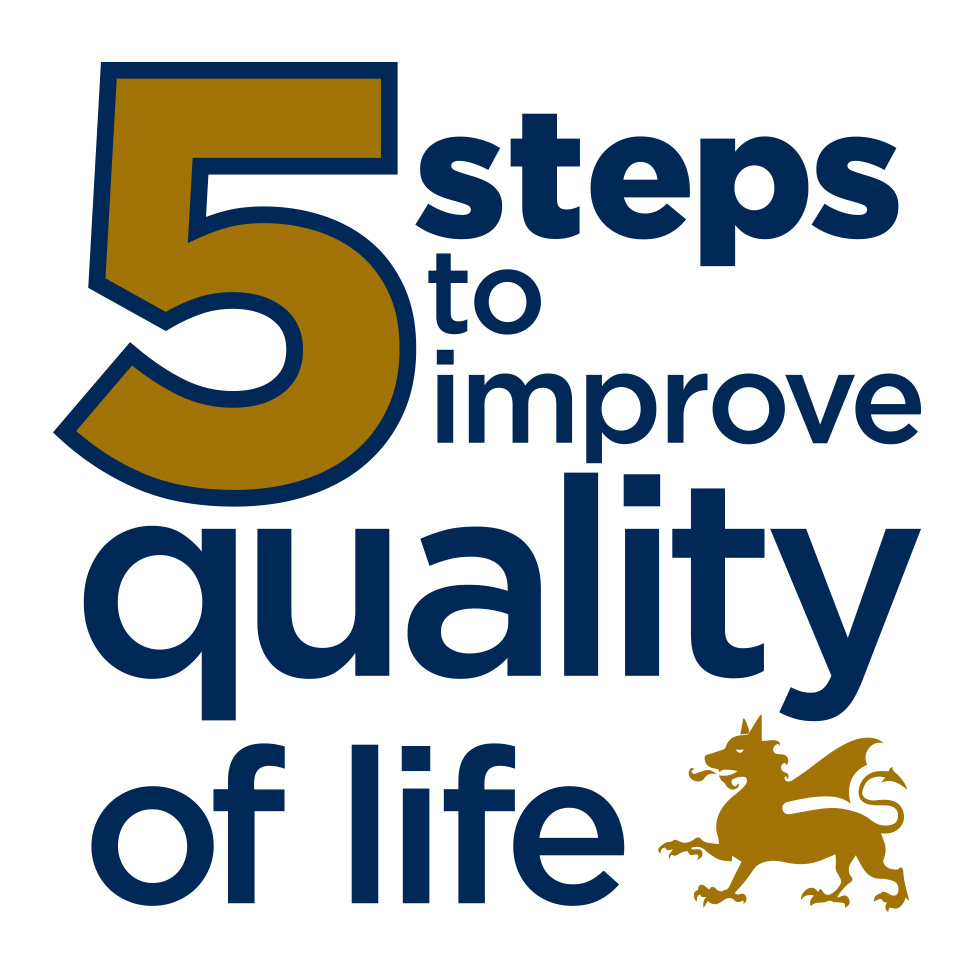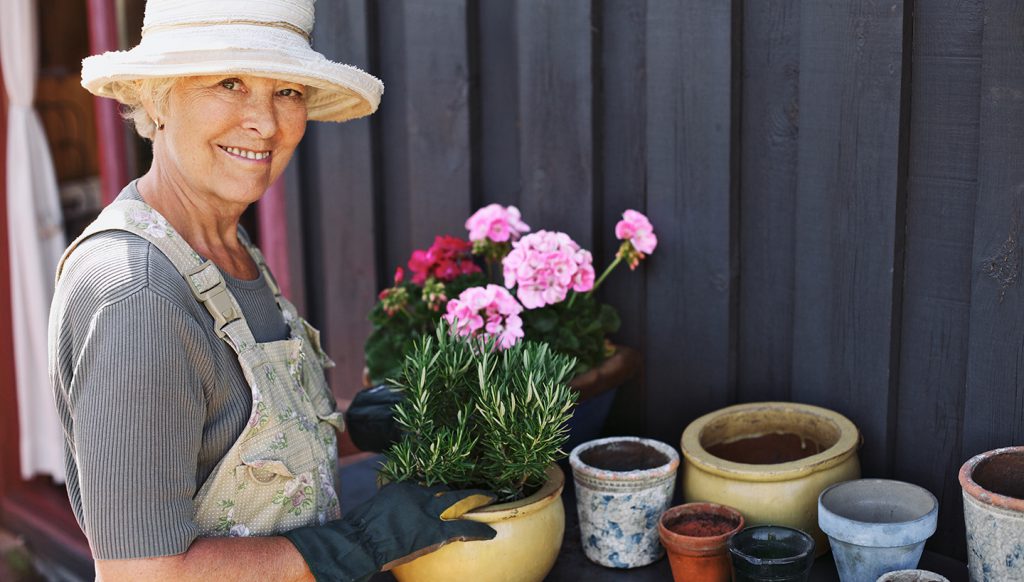“It’s not really about aging; it’s about living.” I love this quote from Jo Ann Jenkins, CEO of AARP. But I would go a step further: It’s about aging well.
How do we age well? How do we help our loved ones age well? How do we maximize their quality of life?

As we age, we start losing not only friends but also our independence; we start having more aches and pains. It starts at about age 60. (I know from personal experience.) On the golf course or tennis courts, the conversation inevitably turns to knee surgery, cataracts, and “what’s the score?”
I remember my in-laws. As they aged, their calendars no longer contained parties and outings; it was full of doctors’ appointments. And then came the loss of a driver’s license. That was really tough.
But in my opinion, they still maintained a good quality of life.
But what defines “quality of life”?
To help with this blog, I began to research “quality of life.” I found myself in a fifteen-page scientific dissertation on the subject. After painstaking documentation, including 59 references, it concluded that there is no consensus of the definition. This was confirmed by two other sources.
So, I turned to our in-house experts at Lloyd Jones Senior Living. These industry veterans have been intimately involved in assisted living for the past thirty years. They offer five points to help improve the quality of life (whatever the definition) of our seniors whether at home or in a senior living community.
- Remind Seniors that they are appreciated, valued, and needed. And show them. Ask for their help: folding laundry, cooking meals, clipping coupons. And ask for their advice. Let them know they are not irrelevant; they have a lifetime of valued experience to share.
- Encourage physical activity. This is critical. The benefits of physical activity are well documented. If your loved one is at home, go on a walk; go shopping. Do anything to encourage activity. At our senior communities, we provide numerous activities to enhance cardiovascular health – the highest risk – as well as to improve balance and flexibility to better avoid falls.
- Encourage mental activity. Engage in conversation, puzzles, games. Ask for advice that requires some thought. Suggest a bridge group or book club. Drive them there if necessary. A senior living community typically offers such activities to keep residents mentally (and socially) engaged.
- Keep them connected. Lack of socialization increases mortality by a significant percentage. (I’ve read up to 60%.) Stay in touch. Listen to your loved ones. Let them talk. Include them on family outings. Teach them how to video chat and text; how to use social media. Socialization is one of the primary advantages of living in a senior community. Residents become family. They have fun together, and they look out for one another. These bonds form the cornerstone of their quality of life.
- Monitor and treat depression. Depression can be caused by the loss of a spouse, or moving from the family home, or being on the wrong medications. Be aware, and get them professional treatment.
So, it’s not really about aging; it’s about living. It’s about living well. It’s about maintaining a physically and mentally active lifestyle as long as possible. And we can all help our loved ones throughout the process.
Lloyd Jones Senior Living

